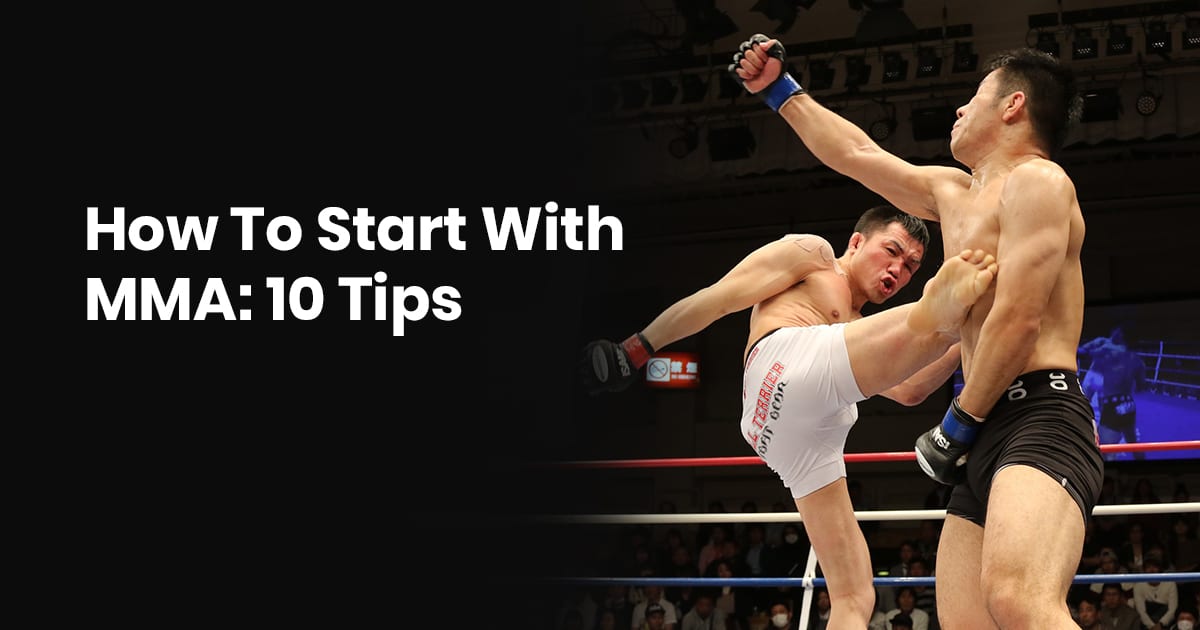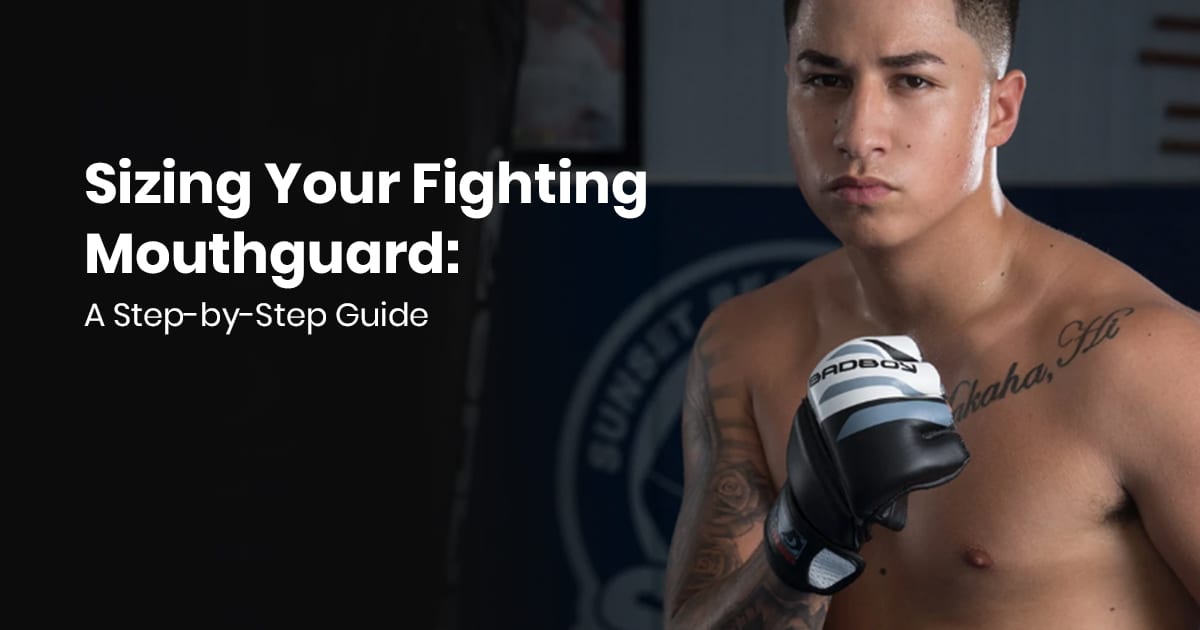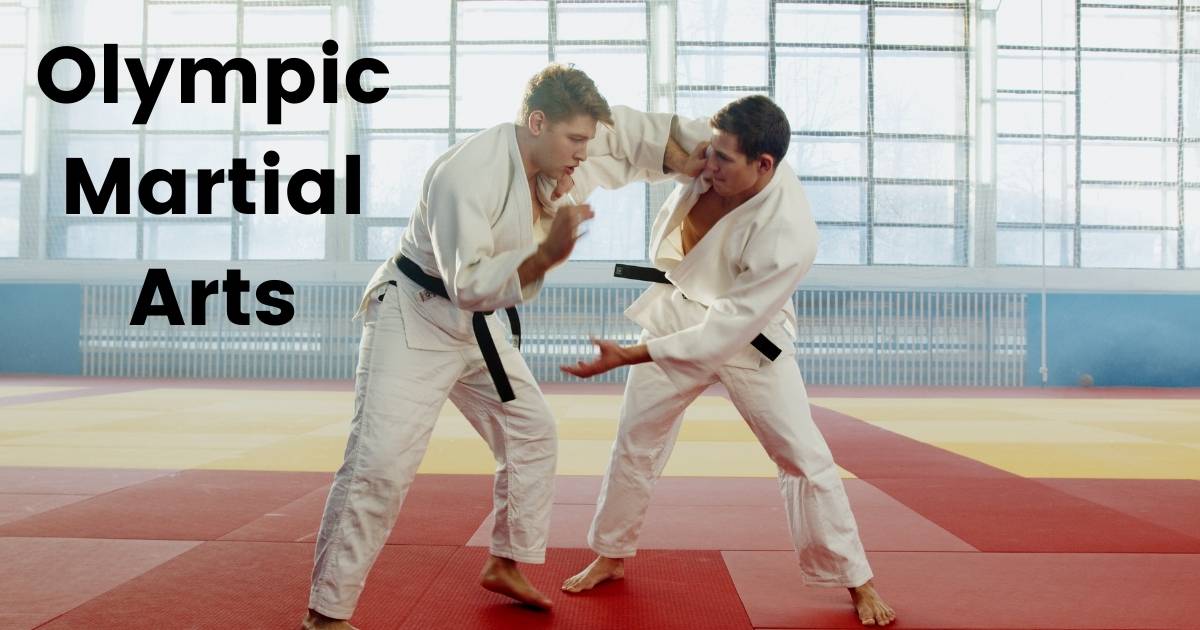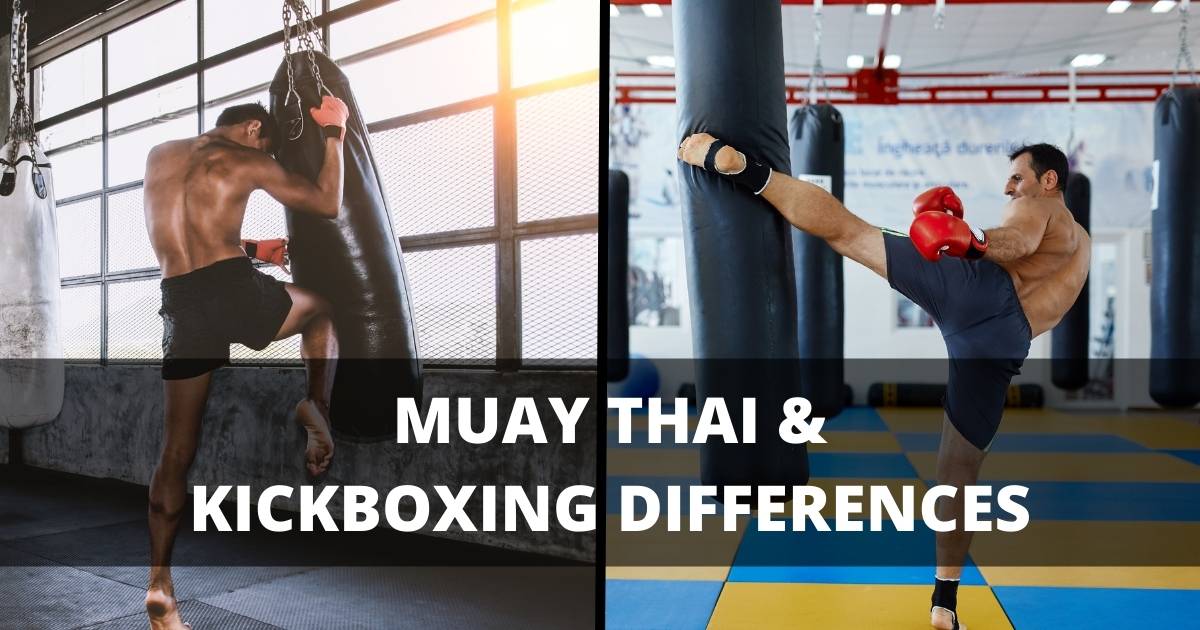MMA, or Mixed Martial Arts, is a full-contact sport.
You can punch your opponent, wrestle them to the ground, and deliver a knockout to win the match. Yes, it does sound and look quite scary at times!
Is MMA similar to boxing?
Although there are some strong similarities between the two sports, MMA has evolved to involve wrestling and kickboxing, and it makes use of various fighting styles. These include karate, Muay Thai, and Taekwondo.
Here’s everything you know about MMA vs. boxing, and how to stay safe in the cage. Let’s start with why MMA is a great way to learn self-defense.
Contents
MMA: Not Just A Sport
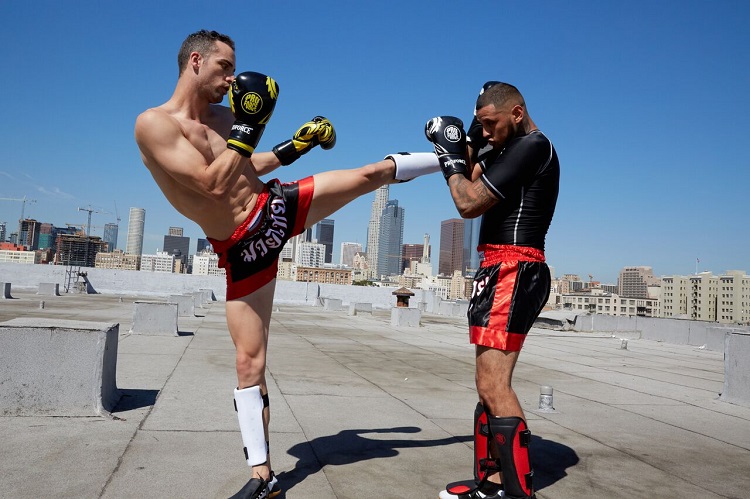
If you learn how to be an MMA fighter, you can learn to defend yourself better. Here’s why MMA is a great form of self-defense.
1. It Makes You Fit
You obviously can’t defend yourself if you’re not physically strong.
Because MMA makes use of various fighting styles, learning it requires you to do a lot of cardio and strengthening exercises. But that’s not all!
It also teaches you how to become more flexible. Instead of just focusing on one fighting style, you’re actually getting the benefits of many different styles and techniques, which will boost your physical prowess overall.
When that happens, it also makes you feel more confident in your abilities, which is a major plus when it comes to defending yourself on the street.
2. It Teaches You To Use Your Body As A Weapon
Muay Thai, a form of MMA, is especially useful in this regard. What does it mean to turn your body into a weapon?
It means that you learn how to become more aware of your body and learn how to strike your opponent if you’re attacked so that you cannot be dominated.
The use of styles such as kickboxing and Muay Thai give you an edge when it comes to self-defense. You can learn these, and more, by learning MMA.
3. It Trains You To Fight On The Ground
A large number of street fights end up on the ground, with the attacker trying to dominate you. That’s where grappling can help you.
Grappling in MMA doesn’t refer to striking your opponent but to having a physical advantage over them. So, it’s about escaping your opponent or finding a way to force your opponent to submit to you. You can order a grappling dummy for the gym or home, in order to get some extra practice in.
MMA fighters will grapple via the use of Jiu-Jitsu techniques. These can benefit you in self-defense, with some examples of them being various chokes, arm-bars, and ankle locks that will help you turn the tables on your attacker.
MMA vs. Boxing: Some Important Differences
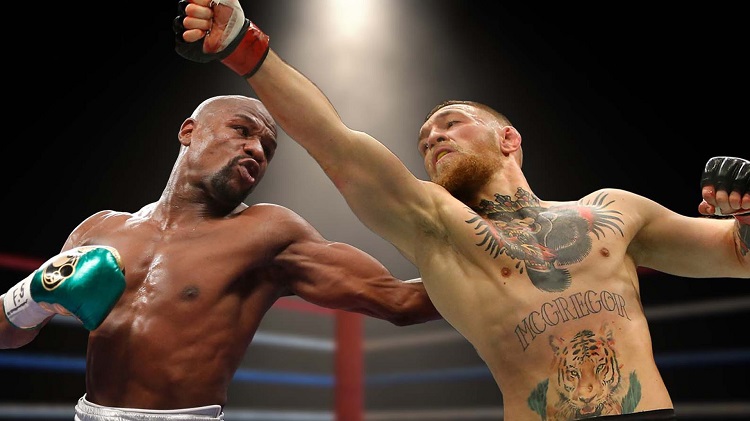
Now that we’ve looked at how MMA can help you increase your self-defense abilities, it’s important to differentiate between MMA and boxing.
When you see opponents punching each other in the cage, you might think, “It’s pretty much like boxing.” But MMA is quite different. Let’s take a look at the differences between MMA and boxing.
The Fighting Styles Are Different
In MMA, you’re allowed to use different kinds of martial arts, such as Muay Thai.
You can also use different holds when trying to knock your opponent out, even making use of your feet to strike them. In fact, kickboxing is a common element that’s found in MMA.
In boxing, on the other hand, you can use different punches to dominate your opponent but you can only make use of your hands and arms during knockouts.
How Hands Are Used Varies
If you’ve watched some boxing before, you’ll have surely noticed how boxers sometimes stand with their hands near their heads to protect them.
This isn’t done in MMA because it gives one’s opponent the chance to grab their legs and take them down, as Sports Casting reports.
Since you can do much more with your body during an MMA match, it’s important to keep your hands close to your legs so that your opponent can’t take you down by grabbing them.
The danger, of course, is that this leaves your head exposed to strikes.
The Gloves Are Different
The gloves that competitors use in MMA are lighter than those found on fighters in boxing rings. They are also more flexible and have exposed fingers.
This can help you to grab your opponent’s body in various places, helping you to gain an advantage over them in different ways.
Boxing gloves that competitors wear are heavier and have more cushioned support.
Now, you might be wondering if the different gloves used by MMA fighters contribute to how MMA fighters sustain hand injuries. Let’s look at some common MMA injuries and how they occur to find out.
Common Injuries MMA Fighters Experience

There are two important things to know about MMA: you don’t have as many rules to follow when competing as you would with other contact sports and you can dominate your opponent in a large number of ways.
The drawback?
You can expect some injuries in the process. Here’s a rundown of some of the most common ones that MMA fighters have to deal with.
Hand Injuries
Injuries to the hands and fingers are a common experience for MMA fighters. This is because they use their fists so much.
MMA fighters are susceptible to injuries such as jammed fingers, ligament tears, and broken bones.
While the first two tend to heal on their own, broken bones will require more extensive treatment, such as surgery.
One of the most important ways MMA fighters should prevent hand injuries from occurring is by replacing their gloves when their cushioning becomes too thin to offer proper protection.
That said, fingers are exposed so it’s not always easy to protect these from injuries.
Knee Injuries
These are quite common in MMA fighters, especially in the form of ligament tears such as those affecting the anterior cruciate ligament (ACL) and posterior cruciate ligament (PCL).
Knee injuries are a risk because of how opponents can use – and twist – their knees when striking each other.
Dr. John Gelber from Fight Medicine tells Sherdog that when an MMA fighter shoots in – that means, they make a single or double leg attempt at taking down their opponent – this has the effect of the knee hitting the ground.
It basically pulls the knee backward, and it’s similar to what would happen during a car accident. Known as a “dashboard injury,” this is when the knee gets pushed backward by the dashboard.
He adds that this is common in MMA but is hardly seen in other types of sport, which makes it an injury particularly dangerous for MMA fighters.
Neck Injuries
The use of chokeholds to dominate one’s opponent makes neck injuries in the cage quite common. The “Triangle Choke” is an example of a type of choke used by MMA fighters.
To achieve this choke, a fighter has to strangle his or her opponent by encircling their necks and one of their arms with their legs to form a triangular shape, as Bleacher Report explains.
The “Triangle Choke” puts pressure on the cervical spine, which can cause injuries such as herniated discs, vertebral fractures, and neck muscle strain, as the Florida Sports & Family Health Center reports.
Concussions
With no protective headgear and many different ways in which to strike your opponent, it’s no surprise that concussions are common in the cage. This is why it’s so important to wear an MMA mouthguard during fights and training.
This can pose some serious risks.
A study by the American Journal of Sports Medicine (via ABC 7 News) found that approximately one-third of professional MMA matches will end in a knockout, which reveals that the sport displays a higher number of brain trauma incidents as compared to other martial arts and even boxing.
In the study, researchers from the University of Toronto looked at the records of 844 Ultimate Fighting Championship bouts over a period of six years, between 2006 and 2012, and they found that almost 13 percent of matches ended in knockouts.
This translated into 108 matches that ended in that way. In addition to this, 21 percent of matches, which was a total of 179 matches, ended in technical knockouts.
What usually happened in these matches is that an opponent would get hit five to 10 times in the last few seconds of the fight, therefore getting a lot of strikes to the head during a really short amount of time.
Is MMA Fighting More Dangerous For The Brain Than Boxing?

To date, there hasn’t been enough research to prove that one type of sport is worse for brain health than the other.
However, the Professional Fighters Brain Health Study by the Cleveland Clinic Lou Ruvo Center for Brain Health claims that boxing is worse for the brain than MMA.
The reason?
It comes down to how MMA fighters have many different methods at their disposal when it comes to how they can strike their opponents, such as kicking, punching, and elbowing.
The amount of punches that occur in a boxing match will be more than those in an MMA fight and boxers are on the receiving end of many more punches, the study declared, via the Las Vegas Sun.
The Other Side Of The Story
Despite the above, research that was conducted for the Professional Fighters Brain Health Study found that when 135 MMA fighters and 104 boxers were analyzed according to MRI scans.
The researchers saw a connection between how long a fighter’s career was and brain degradation. This was the case for fighters in both MMA and boxing.
Fighters who had 15 years of experience showed evidence of lower brain volume – 10 percent lower than fighters who had only a few years of experience.
This decreased brain volume was found in the area of the brain known as the caudate. This is essential for memory and learning tasks, as Bleacher Report states.
While MMA fighters do have rules when it comes to striking their opponents’ heads, such as that they are not allowed to strike opponents’ heads or faces with what’s known as a “12-6 elbow” – this is defined as hitting with a straight up-and-down elbow movement – they can make use of other neck and head strikes.
An example of this can be seen in the rules of the sport.
Elbow and hand strikes directly to the head are considered to be legal, which definitely increases fighters’ risks of sustaining potentially dangerous injuries to the head.
Related Questions
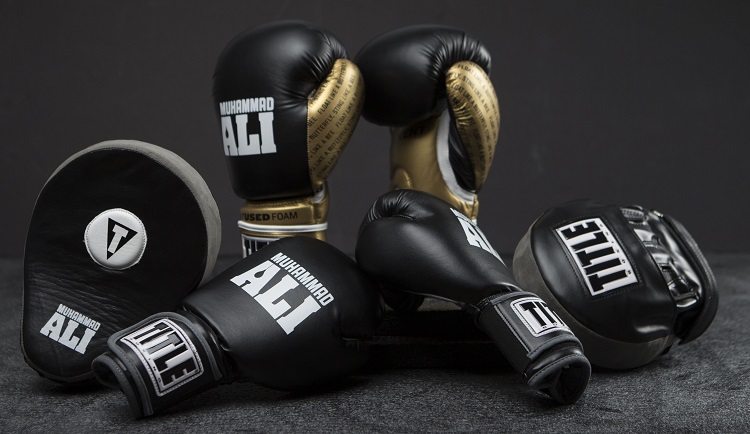
What martial arts is best for professional MMA fighters?
Many professional MMA fighters will choose Muay Thai, and this is because it offers many opportunities for fighting.
You can use your elbows, hands, knees, and shins to turn your body into a weapon and dominate your opponent.
How can you protect your hands better in MMA?
The use of hand wraps can give your hands more protection because they work like shock absorbers. This can help to decrease your risk of serious injuries.
Conclusion
If you’re interested in MMA, it’s important to know about how to keep yourself safe.
In this article, we’ve looked at what MMA is, how it differs from boxing, and what fighters are likely to experience when it comes to injuries.
There are some important considerations to take into account when it comes to MMA safety that we’ve also outlined.
Although some people claim that MMA is more dangerous than boxing, others claim boxing is still the more dangerous sport.
Ultimately, research has found that both sports put fighters at risk of sustaining dangerous head injuries.

